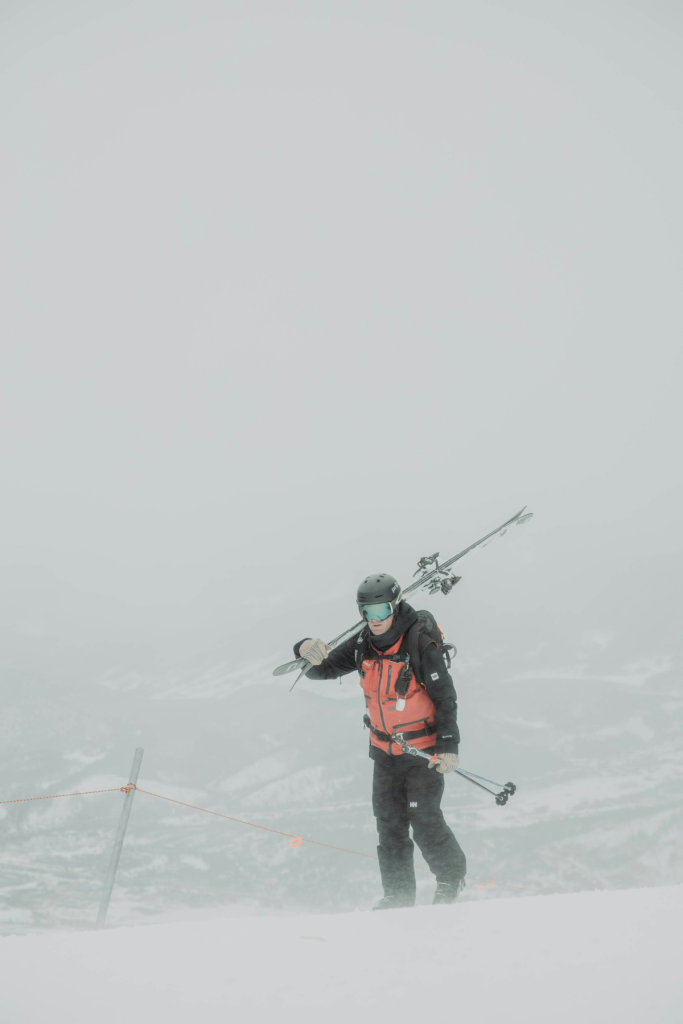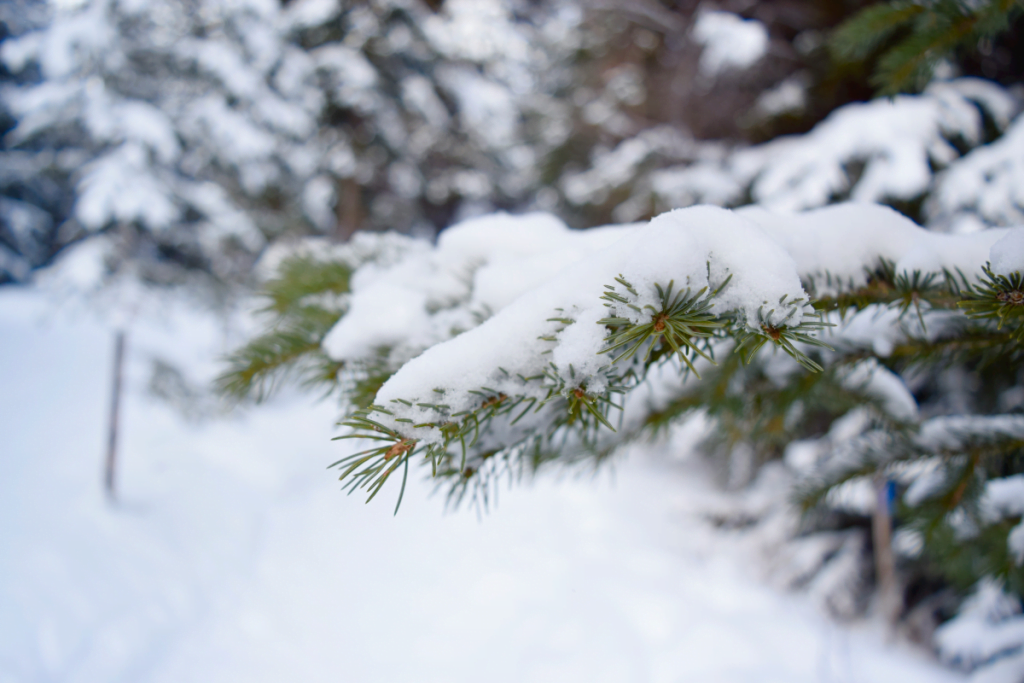
Nestled in the Rocky Mountains, Breckenridge, Colorado, is renowned for its stunning landscapes, world-class skiing, and vibrant history. Of course, one of the most defining features of this beloved mountain town is its elevation. Sitting at a lofty 9,600 feet above sea level, Breckenridge presents a unique environment for both residents and visitors alike. Understanding elevation, and the human body’s acclimatization and adaptation process is key to making the most of your time while in Breckenridge’s Elevation.
The Impact of Breckenridge Elevation
The Elevation in Breckenridge is not just a number; it shapes every aspect of life here, from the weather to the way your body functions. At 9,600 feet, the air feels thinner. The atmospheric pressure, and therefore effective oxygen levels, are lower. If you’re reading this, you’re likely aware of the prevalence of altitude sickness in Breckenridge. Common symptoms include headaches, nausea, fatigue, and shortness of breath. Less common and more severe are pulmonary and/or cerebral edema. The lesser known, but most common effect of visiting Breckenridge’s Elevation is poor sleep quality.
Acclimatization: Locals vs. Visitors
The human body is remarkably adaptable, and with time, it can adjust to the reduced oxygen levels at high altitudes through a process known as acclimatization. For locals, this adjustment period can vary but typically ranges from a few weeks to a few months after arriving to altitude. During this time, locals’ bodies gradually increase the production of red blood cells, enhancing the oxygen-carrying capacity of their blood among other physiological changes. While this process starts almost immediately upon arrival to elevation as a result of the changes our bodies makes in the short-term, the full effect and gradual increase in Hemoglobin takes time.
Visitors, on the other hand, have a much shorter window to acclimate. The average tourist might spend a few days to a week in Breckenridge. Most visitors may moderately adapt within 24 to 48 hours, enough to comfortably enjoy many of the town’s lower-intensity activities. Herein lies the issue, the most common activities in the Breckenridge Elevation are NOT lower intensity. Skiing, Hiking, Biking, Rafting, etc are all high-intensity, oxygen consuming activities. It’s critical to take steps to help your body cope with Breckenridge’s Elevation if you plan to be active.
Short-Term Acclimatization
When visiting high-altitude environments like Breckenridge, the human body undergoes immediate physiological changes to compensate for lower oxygen levels. Research shows that reduced oxygen availability triggers an increase in ventilation, heart rate, and a decrease in stroke volume (Libre Texts: Adjustments at High Altitude). One of the most noticeable short-term responses is hyperventilation, known as the Hypoxic Ventilatory Response (HVR).
HVR can lead to increased fluid loss through respiration and urination (due to altitude-induced renal processes); these changes may in-turn contribute to dehydration. While there is no scientific evidence that mild dehydration affects the prevalence or severity of AMS. Dehydration can bring its own discomfort and dangers.
Even though the immediate adaptations help the body cope with altitude in the short-term, they can be unpleasant, and lead to additional side-effects and health concerns. Bottom-line, the more critical (and frankly helpful) adjustments—such as increased red blood cell production—take weeks to occur.
Tips for Adjusting to Breckenridge’s Elevation

- Oxygenate: Supplement your oxygen intake when you can, especially while sleeping. More recuperative sleep coupled with shortening the length of exposure to hypoxia can minimize side effects.
- Hydrate: Increase your water intake before and during your visit to help mitigate dehydration which isn’t directly related to AMS, but can bring uncomfortable symptoms on its own.
- Take It Easy: Allow your body time to adjust by taking it easy for the first 24 to 48 hours upon arrival.
- Eat Carbs: A diet rich in carbohydrates immediately during or before exposure to elevation can help stimulate your respiratory centers due to an increased release of CO2
- Avoid Alcohol and Tobacco: Both can exacerbate altitude sickness symptoms and hinder acclimatization.
- Listen to Your Body: If you’re feeling the effects of the altitude, rest. Pushing through symptoms can worsen them.
Embracing the Altitude

Breckenridge’s elevation is more than just a geographical statistic; it’s a central part of the town’s character and appeal. The crisp air, panoramic mountain vistas, and the sense of being atop the world are experiences that are heightened by the elevation. Understanding and respecting this aspect of Breckenridge ensures that whether you’re a first-time visitor or a seasoned high-altitude adventurer, you can fully embrace and enjoy all that this mountain town has to offer.
Conclusion
Breckenridge’s high elevation is both a challenge and a charm, offering unique experiences shaped by the thin mountain air. Whether you’re a local fully acclimated to the altitude or a visitor adjusting to the elevation, the key is to respect the altitude, listen to your body, and take the necessary steps to ensure a comfortable and enjoyable stay. In doing so, you’ll find that Breckenridge’s heights offer not just breathtaking views but also a gateway to unparalleled adventure and discovery.













